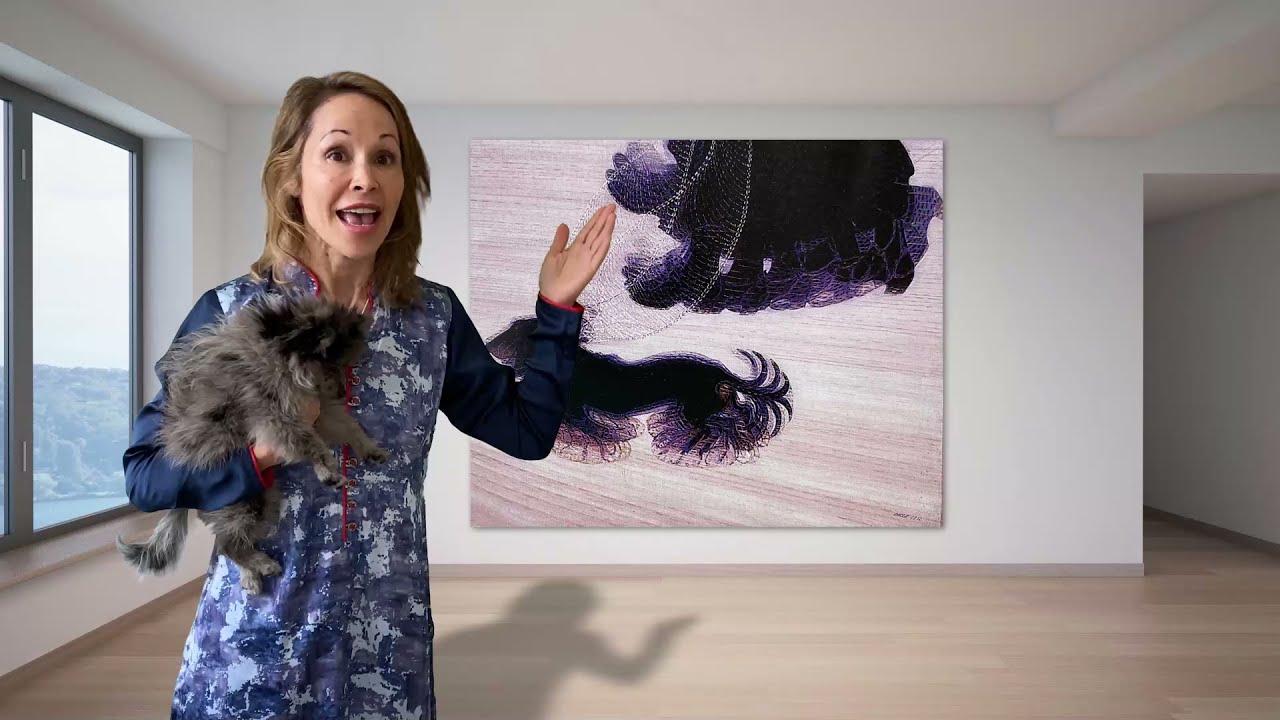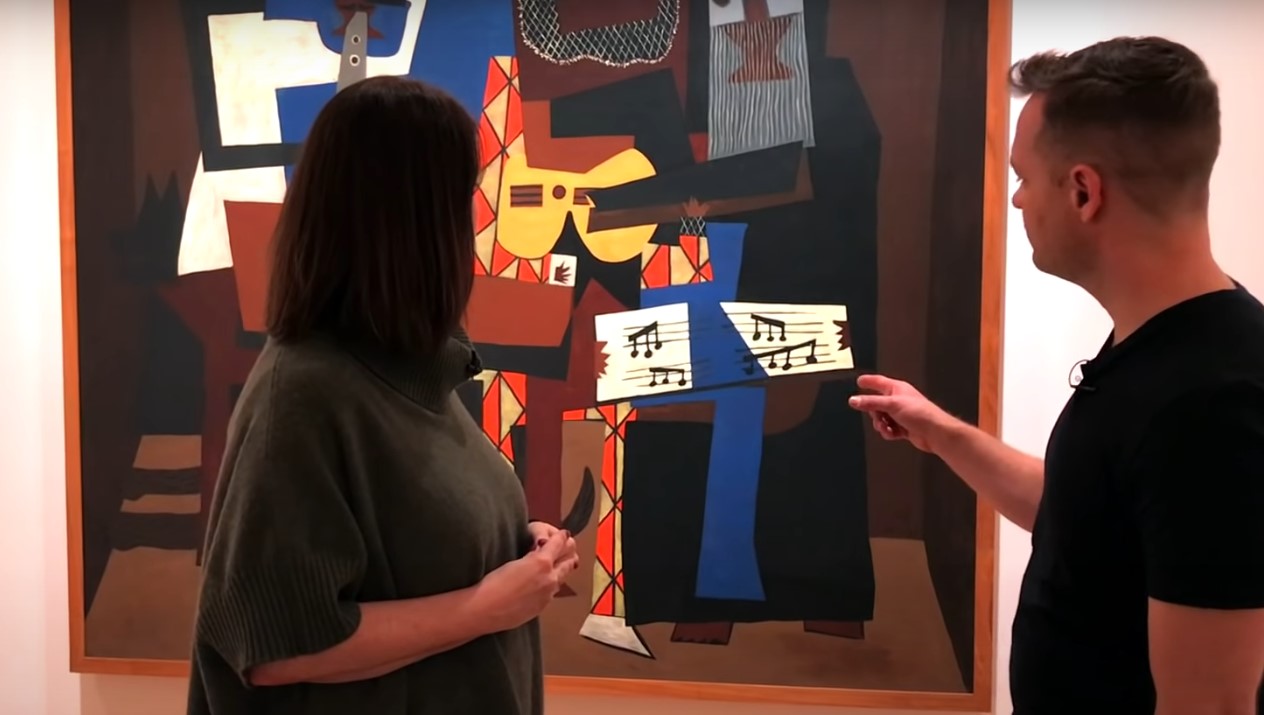Table of Contents
- Historical Context of Dynamism Of a Dog On A Leash
- Origins of Dynamism Of a Dog On a Leash
- Interpretations For Dynamism Of a Dog On a Leash
- Dynamism Of a Dog On a Leash: Value & Critique
Historical Context of Dynamism Of a Dog On A Leash
At the dawn of the 20th century, art began to pulsate with a new energy, one that sought to capture the essence of modernity and speed: “Futurism”. Among the pioneers of this movement was Giacomo Balla, an artist who, along with contemporaries such as Umberto Boccioni and Carlo Carrà, challenged the artistic norms of the time. “Dynamism of a dog on a leash” is not only a painting worth millions today; it is a visual manifesto of this movement, a genre based on speed and technology.
The Beauty of Speed
The Futurist movement originated from a manifesto written by the rebellious poet Marinetti in 1909. Its main goal was to challenge and replace the previous generation of art, promoting in its place an art that celebrated violence, war, steel and, above all, speed. In Marinetti’s words, “We affirm that the magnificence of the world has been enriched by a new beauty: the beauty of speed.”


Breaking with the Artistic Past
Futurism arose as a radical reaction against established artistic and cultural conventions, advocating a total break with the traditions of the past. In 1910, Balla and other Futurists proclaim their rejection of all previous art, criticizing it for being static and prosaic in an age defined by speed and change, arguing that reality does not consist of static forms, but of dynamics in motion.
His philosophy is based on the idea that creative expression must capture the unbridled dynamism of the industrial age of the 20th century, where everything moves, runs and changes rapidly.
Origins of Dynamism Of a Dog On a Leash
Oscillating Moment in Montepulciano
In May 1912, Balla was visiting one of his pupils, Contessa Nerazzini, in Montepulciano, near Siena. During his stay, he was inspired by the scene in front of him: a dachshund gliding along with the faltering steps of its owner, an elegant lady dressed in black. With his color palette, Balla captured the liveliness of the moment, creating a lively background with vibrant streaks of pink and green, said to represent the white dust of the Tuscan countryside, illuminated by the summer sun.
Here is the artwork…..

Artist: Giacomo Balla
Original Title: Dinamismo di un cane al guinzaglio
Location: Buffalo AKG Art Museum, Buffalo
Year: 1912
Medium: Oil on canvas
Dimensions: 89.8 cm × 109.8 cm
Analysis & Visual Description
A black dog with a collar and a leash is observed. His paws are in movement, creating a dynamic effect. The leash that connects it to the woman is represented with curved and dynamic lines, transmitting the sensation of movement.

Effect of 4 chain lines make motion effect
Dog with moving legs and tail effect

Elegance in motion
The woman dressed in black, believed to be wearing a hat of the same color, holds the dog’s leash with her left hand. It is presumed that her face is turned towards the animal. The dynamic effects on her shoes generate a sensation of moving forward.

Marey’s Influence
Balla, in his work “Dynamism of a Dog on a Leash,” breaks down movement into multiple representations of paws, shoes, ears and tails, reflecting a dizzying rhythm on the canvas. This technique evokes the chronophotographs of Étienne-Jules Marey, who influenced Futurism with his attempt to capture movement in a single image.

Strokes of Motion
With blurred and repeated strokes, Balla succeeded in giving the sensation of movement in both the woman’s feet and the dog’s body. To intensify the impression of speed, he painted the ground using diagonal lines and placed his signature and the date at a dynamic angle. This rhythmic gesture even extended to the frame, which framed and complemented the composition as a whole. Thus, in this work, Balla succeeded in appropriating not only the scene itself, but also the energy and dynamism of the moment.

The work is a clear example of the Italian Futurist movement. Balla seeks to exalt the beauty of movement and modernity.
Interpretations For Dynamism Of a Dog On a Leash
The work has elicited divergent meanings and interpretations among critics. For some, it constitutes a profound reflection on the bond between man and animal, where the dog emerges as a palpable symbol of friendship and companionship, with its unwavering loyalty and genuine affection. However, others see it as a scathing critique of the domestication of animals, depicting the dog as a being tied to the leash, symbol of the loss of freedom and submission to human will. These contrasting interpretations invite a deeper reflection on our relationships with living beings.
The Struggle Between Progress & tradition
From my perspective, I perceive the work as a metaphor for contemporary society. The dog, with its impulsive movements, could personify the force of progress and technology, while the human figure, with its steady gait, could symbolize resistance to change.
Dynamism Of a Dog On a Leash: Value & Critique

Its current value is estimated between 35 and 70 million euros due to its historical importance, rarity and aesthetic beauty. It has been sold at auction twice, in 1989 for 2.6 million euros and in 2012 for 23.7 million, setting a record for the artist.
Reevaluation
This work faced criticism for its apparent simplicity and focus on the everyday. However, over time, the work was re-evaluated as a sincere and meticulous expression of Futurism. What was once seen as a cliché of modern art is now considered one of the most elegant and accurate representations of the Futurist vision.
A Legacy in Motion

Crossing its time, serving as a bridge between art and science, and between the past and the future. The work not only captures a moment of energy and movement, but also reflects the technological and Cultural Revolution of the early 20th century. Through this painting, Balla invites us to see the world from a different perspective, one where movement and change are celebrated as essential to understanding our reality.



